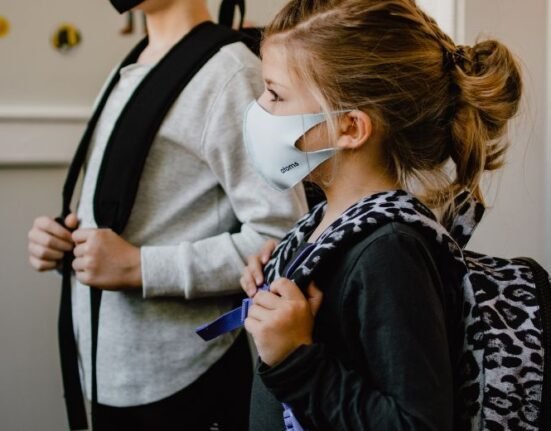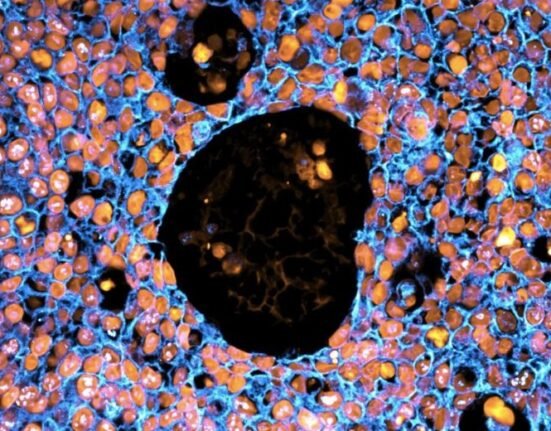HQ Team
July 10, 2024: Children are vulnerable to temperature changes as their thermoregulation mechanisms are still immature, a study reveals.
Researchers at the Barcelona Institute for Global Health (ISGlobal) delved into brain scans of more than 2,000 preadolescents and found heat and colds may have lasting impacts on the microstructure of white matter in the brain. This was especially more when children were living in poor neighbourhoods, according to an ISGlobal statement.
A team led by ISGlobal researcher Monica Guxens studied the white matter structure in the brains of preadolescents to identify windows of susceptibility to cold and heat exposure in early life.
The analysis included 2,861 children from the Generation R Study, a birth cohort in Rotterdam, who underwent magnetic resonance imaging between nine and 12 years of age.
Diffusivity, anisotropy
The imaging protocol assessed brain connectivity by measuring the magnitude and direction of water diffusion within the brain’s white matter.
In more mature brains, water flows more in one direction than in all directions, which gives lower values for a marker called mean diffusivity and higher values for another marker called fractional anisotropy.
Fractional anisotropy is a scalar value between zero and one that describes the degree of anisotropy of a diffusion process. A value of zero means that diffusion is isotropic or it is unrestricted in all directions.
Using advanced statistics the team estimated, for each participant, the exposure to monthly mean temperatures from conception to eight years of age. Then they calculated their effect on the imaging connectivity parameters measured between nine and 12 years.
White matter maturation
The results showed that exposure to cold during pregnancy and the first year of life, and exposure to heat from birth until three years of age were associated with higher mean diffusivity at preadolescence, pointing to slower white matter maturation.
“We know that the developing brain of foetuses and children is particularly susceptible to environmental exposures, and there is some preliminary evidence suggesting that exposure to cold and heat may affect mental well-being and cognitive performance in children and adolescents,” said Guxens.
“However, there is a lack of studies evaluating potential changes in brain structure as a result of these exposures,” she said.
Co-author Carles Soriano said the biggest changes in connectivity parameters were observed in the first years of children’s lives.
“Our results suggest that it is during this period of rapid brain development that exposure to cold and heat can have lasting effects on the microstructure of white matter.”
Brain communication
Laura Granes, the first author of the study said fibres of the white matter were responsible for connecting the different areas of the brain, enabling communication between them.
“As the white matter develops, this communication becomes faster and more efficient. Our study is like a photograph at a particular moment in time and what we see in that image is that participants more exposed to cold and heat show differences in a parameter – the mean diffusivity – which is related to a lower level of maturation of the white matter.”
“In previous studies, the alteration of this parameter has been associated with poorer cognitive function and certain mental health problems,” she said.
The researchers found no association between temperature exposure in early life and fractional anisotropy at 9-12 years.
A possible explanation is that these two metrics reflect different microstructural changes, and that mean diffusivity may be a more robust indicator of white matter maturation, compared to fractional anisotropy, the researchers said.
Energy poverty
Children living in poor neighbourhoods were more vulnerable to cold and heat exposure, according to the researchers.
In these children, the windows of susceptibility to cold and heat were similar to those identified in the overall cohort but started earlier. These differences may be related to housing conditions and energy poverty, the researchers wrote in Nature Climate Change journal.
One factor that could explain the effect of ambient temperature on neurodevelopment could be related to poorer sleep quality.
Other possible mechanisms include disruption of placental functions, activation of the hormonal axis leading to higher cortisol production, or inflammatory processes, they said.








